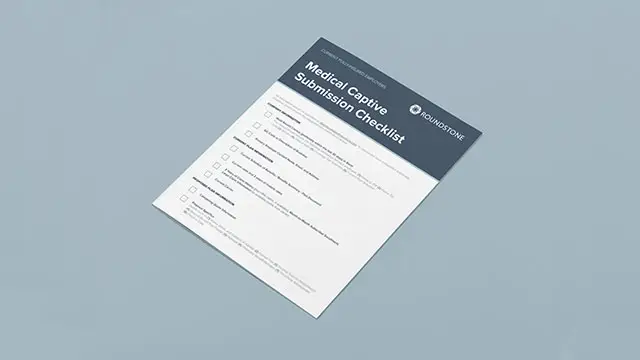Why Does PEPY Matter for Healthcare Plans?

With health insurance inflation rates skyrocketing and premiums escalating, American business owners must start looking for new ways to manage their per employee per year (PEPY) cost performance. Many have felt vulnerable to the mercy of the marketplace. Employers today are willing to try innovative new solutions in order to lower their healthcare spend and reduce costs for their employees.
As in most endeavors, knowledge is power. Transparency and increased visibility into company-wide health insurance spend can help employers make better decisions about how they can more efficiently manage their healthcare costs. Instead of focusing on overall claims cost and network discounts, employers must start looking for new ways to manage PEPY.
What is PEPY?
PEPY refers to the average individual healthcare benefit cost for a company per employee per year. This data can be used to identify year-over-year trends and can be compared to relevant industry benchmarks as well as a company’s own claims history.
The higher the PEPY number, the more expensive health care benefits are for the company. However, it is important to keep in mind that most organizations experience an 80/20 rule when it comes to the actual cost of their health care claims—80% of all claims are incurred by 20% of the benefit plan’s members.
Your company’s PEPY can be used as a high-level look at expenses to help keep track of where your benefits costs are going compared to prior years and other similar businesses. If you find your PEPY being significantly different from industry averages, you should contact your benefits advisor to figure out how to isolate the cause of high claim expenses.
Cost Saving PEPY Strategies
There are several best practices companies are utilizing to optimize the value of their health insurance plans and decrease their PEPY. Roundstone’s team of Cost Saving Investigators (CSI) work tirelessly to deliver the highest quality of healthcare through value-based medical partners. More often than not, Centers of Excellence, or healthcare systems that deliver the highest quality of care, are less expensive than their counterparts. The CSI team works with employers to help find the best medical centers at the lowest cost for their employees.
Another strategy to help lower PEPY is to closely monitor and evaluate the utilization of specialty pharmaceuticals. Over the last two years, prescription drugs have accounted for 21% of all U.S. employer health insurance benefits. Using the power of data analytics used to track prescription claims over time, Roundstone’s CSI Team can recommend cost containment strategies to save employers, and their employees, money.

Integrating well-being principals into the workplace is another tactic to help control healthcare costs. Implementing a workplace well-being program can help not only encourage employees to be healthier, but to also help them be more productive and engaged at work.
It should be noted that these three strategies only work if employees are taught to embrace their healthcare decisions like consumers. Once a healthcare plan is implemented, it is the employer’s job to clearly explain the variety of benefit options available to each employee so they can personalize their selections, receive quality care and save money. If your business requires assistance explaining how healthcare consumerism works for your employees, do not hesitate to contact one of our experts.
Gaining Control over PEPY
Controlling PEPY not only helps employers save money, but also protects their employees from rising deductibles. Roundstone has been helping employers gain control and lower their average PEPY for decades with our captive employer pool health insurance solution. On average, employers that participate in a Roundstone captive pool beat the national fully-insured PEPY increase by 15%. The chart below is an example of how one of our employer groups performed within the Roundstone program. While some years saw a greater deduction in PEPY, the overall savings in comparison to a fully-insured program cannot be ignored.
For more cost containment ideas, watch our Medical Captive Forum On Demand. You’ll hear practical advice from experts and underwriters on plan design, compliance, and using data and analytics for better PEPY performance.
Request a Proposal
To start the conversation about how group captive insurance can save your company money while providing high-quality coverage to your employees, request a proposal and benchmark study today.






